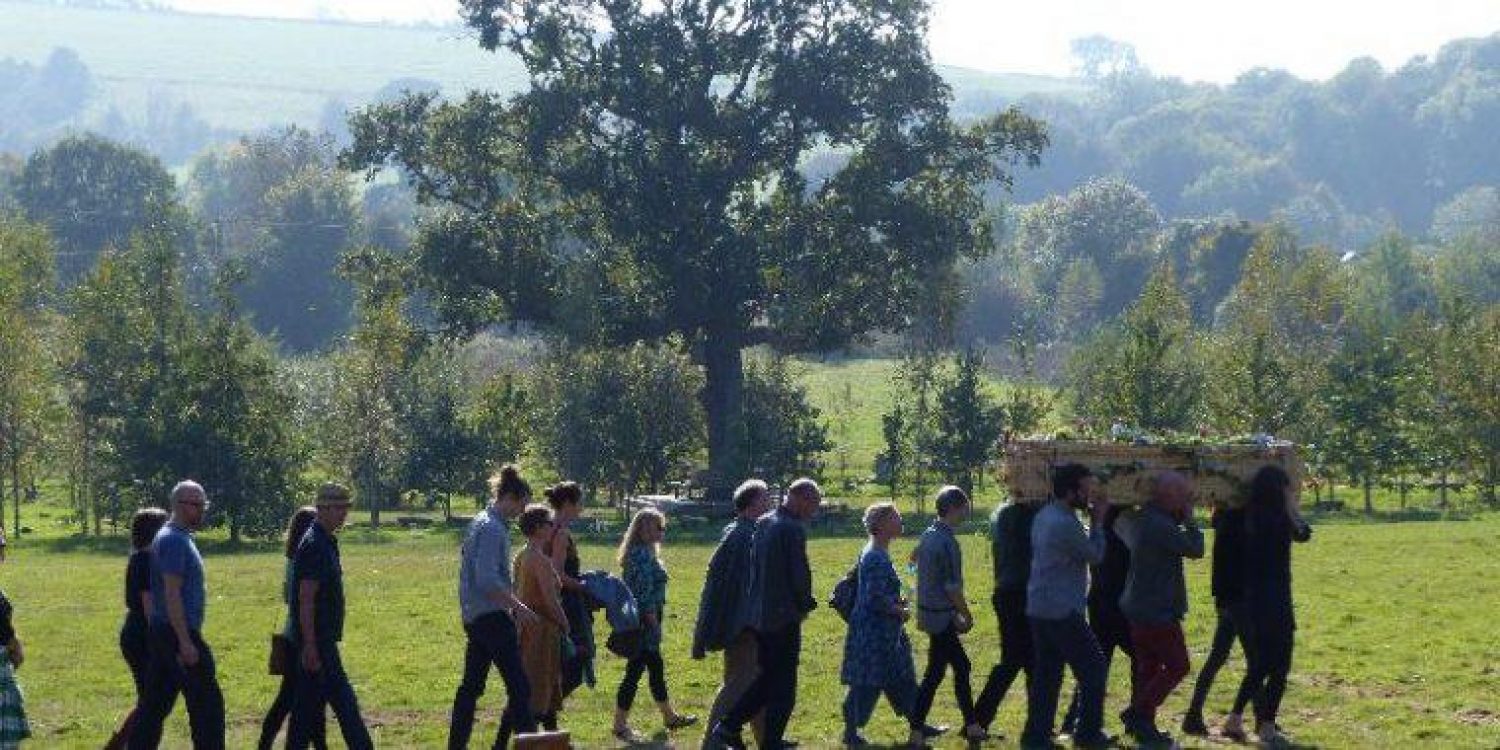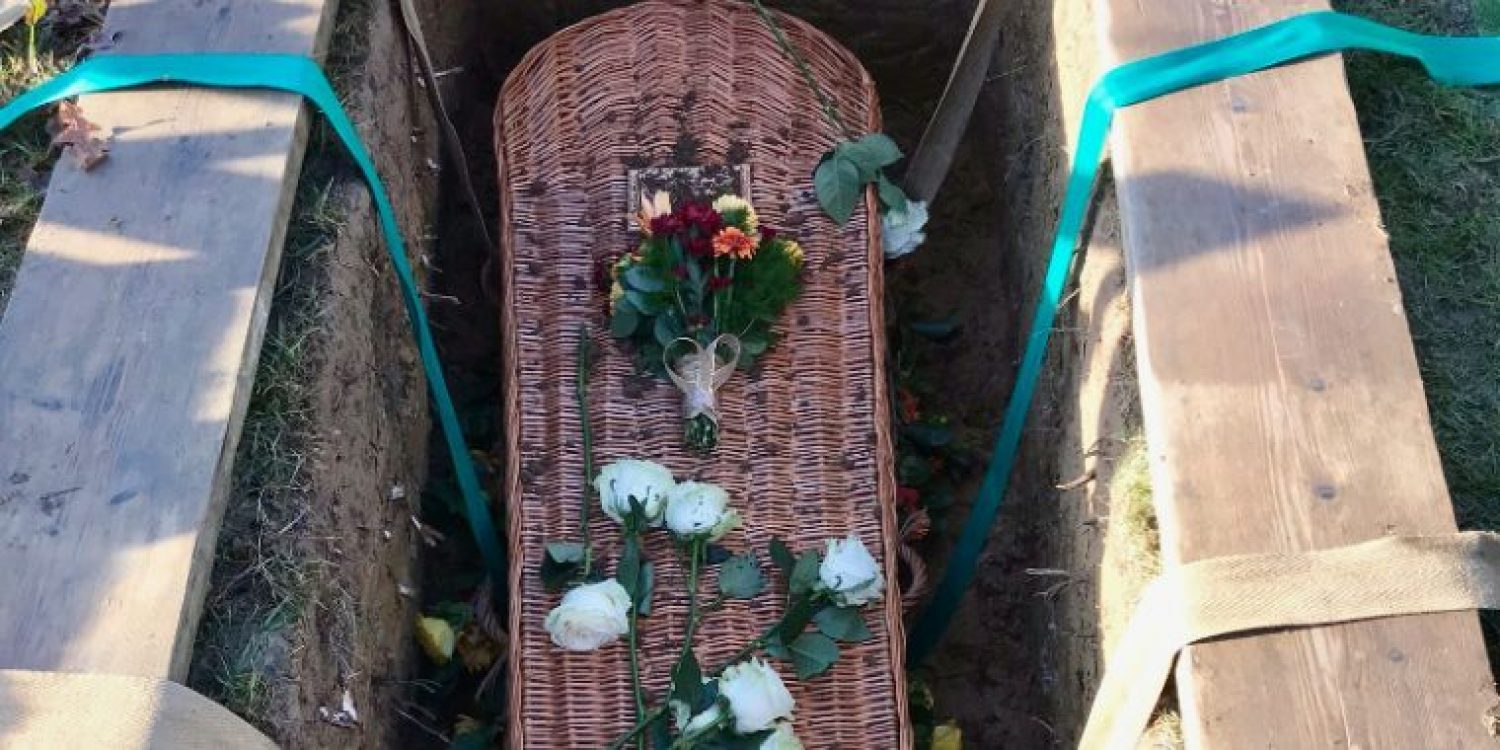Four minute read
Many people instinctively want to carry their friend or family member’s coffin. But they are worried that they won’t know what to do, don’t think they will be strong enough or are unsure about whether or not it's allowed.
This is understandable — few of us will ever have done this before. But, at Poppy's, we believe that no one should be denied this opportunity, if it is possible and the right thing for them.
We’ve helped children, elderly people and disabled people — as well as all-female groups — to feel comfortable and confident in carrying the coffin.
Planning a funeral? Find out more about Poppy's and our approach to great death care.
Carrying the coffin is often an emotionally-charged experience, one which makes a person’s death seem very real. It can be an important way for you to say goodbye to the person who has died, supporting them and accompanying them on their final journey.
Although some cemeteries do not allow friends and family members to lower the coffin into the grave, many do. We’d support and encourage you to take an active role in this part of the funeral ceremony as well.
This blog walks you through some of the advice and guidance that we give every week, to help people prepare to carry the coffin of someone close to them.
But remember, this is only guidance, every situation is different and there is no one-size-fits-all. We will work together, assess risks and make adjustments to make sure it feels right for you.
1. Your funeral director should explain everything you need to know in clear and practical terms.
They will talk you through the route, how to lift the coffin safely and exactly what you need to do at each stage. They are there to support you and the other bearers. Don’t be afraid to ask questions.
2. It takes between four and eight people to carry the coffin, depending on its size.
Six is usually a good number. You don’t have to be tall, able-bodied or particularly strong, and the role of bearer is not restricted to any particular gender or age. If you are not able to carry the coffin because of your health or strength, you can still arrange to walk alongside it, putting a hand on the coffin without bearing its weight.
3. Your funeral director will make sure the bearers are well spaced out and facing each other by the hearse.
They will pass out the coffin so that you can take its weight as it moves towards you. You will support the coffin at waist height from underneath, not by its handles, as these are not load-bearing. Once the coffin is fully out of the hearse, the funeral director will say “Ready to lift … Lift” and then you will lift the coffin to your shoulders.
4. When it is time to move off, your funeral director will say “Ready with left … Left”.
Then you will start walking with your left foot first. It helps to keep an eye on the person in front as you go. You can walk at whatever pace is comfortable: you don’t have to march or keep perfectly in step.
5. When it’s time to stop, your funeral director will say “Into hands”.
This guides you that it’s time to lift the coffin down from your shoulders into your hands again, and then to gently lower it into position. You will find that you are naturally standing face to face with the other bearers again.

